By Lisa D. Mickey
Conservation is always a central focus at Marine Discovery Center, and one of the ways the center helps local residents understand and get involved is through hands-on experience.
Tess Sailor-Tynes, MDC’s Conservation Science Coordinator, has been busy this fall working with volunteers to help eradicate Brazilian pepper on the center’s campus. She teaches volunteers how to identify the plants and remove them, as well as why invasive species are detrimental to ecosystems.
“Not only is it not native to Florida, but when it comes into an area, it takes over resources from our native plants, such as nutrients from the soil, vegetation space, water and sunlight,” she explained. “Our efforts are really a conservation approach in that we’re trying to make sure that our native plants regain their resources.”
Brazilian pepper was introduced to Florida as an ornamental plant and was once even touted as “Florida holly,” which it is not. Its appeal is centered around the plant’s bright red berries that emerge late each year. Each plant produces many berries that birds and wildlife eat — distributing the plant’s seeds as they forage and move about.
For Sailor-Tynes and her team of MDC volunteers, removing the plants is a painstaking and physically demanding activity. The center typically hosts four eradication events each year between October and December with two sessions in November.
“It’s extremely physical work between the twisting, pulling, lopping and carrying of the plants we chop down,” said Sailor-Tynes. “These are volunteers who typically put in three hours of work with us each time we remove the pepper plants.”
MDC’s conservation team uses everything from chain saws and hand saws to loppers for the work. Sometimes larger trees have to be cut into smaller pieces.
During their eradication missions, the team identifies the plants and attempts to cut the tree as close to the ground as possible. Sometimes, juvenile plants can be yanked out of the ground by the roots. Other times, volunteers create hack marks in the tree’s bark or saw off limbs, to which Sailor-Tynes strategically applies an herbicide designed for agricultural use.
Brazilian pepper is an extremely hardy plant, and according to Sailor-Tynes, “is a noxious plant, in terms of the oils it has in its system.”
And while Florida Fish & Wildlife Conservation Commission (FWC) permits for use of the herbicide, Sailor-Tynes noted that strict safety protocols are in place whenever the chemical is applied on MDC’s campus.
“Obviously, we are working very close to water, so we must ensure that we are using the chemical in a careful way,” said Sailor-Tynes, who is the MDC staff member applying the herbicide. “When we use the hack-and-spray method, the chemical is sprayed two inches away from the plant directly after the cut is made to reduce the spread of chemical spray.”
The idea, of course, is to eradicate the Brazilian peppers before the plant’s seeds spread. MDC’s on-site conservation focus requires active and persistent maintenance.
“Our focus on these plants has a lot to do with the timing of when the seeds [berries] emerge,” Sailor-Tynes added. “We are literally nipping this plant in the bud!”
And while the berries of Brazilian pepper plants may be used commercially in gourmet peppercorn medleys, Central Floridians know all too well that these aggressive plants can quickly take over property and choke out native plants.
Sailor-Tynes encourages property owners to learn to correctly identify Brazilian pepper and to seek out contracting and permitting to correctly remove any invasive plants growing on their private property. They key, she says, is about year-round maintenance.
And once the invasive plants are eliminated or under control, Sailor-Tynes encourages a second phase of conservation to take place.
“That’s when it’s great to create a native ecosystem around your home,” she said. “Not only are you eradicating the negative species, but you are also increasing the positive species.”
Want to get involved or learn more about invasive plants? Contact the Marine Discovery Center’s Conservation Science department at 386.428.4828 or email [email protected]

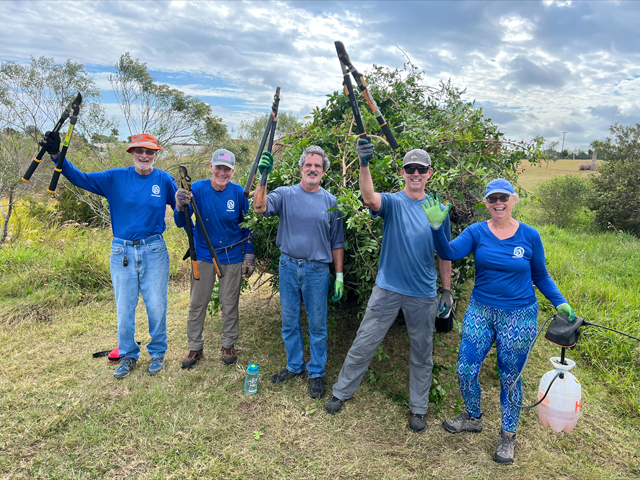
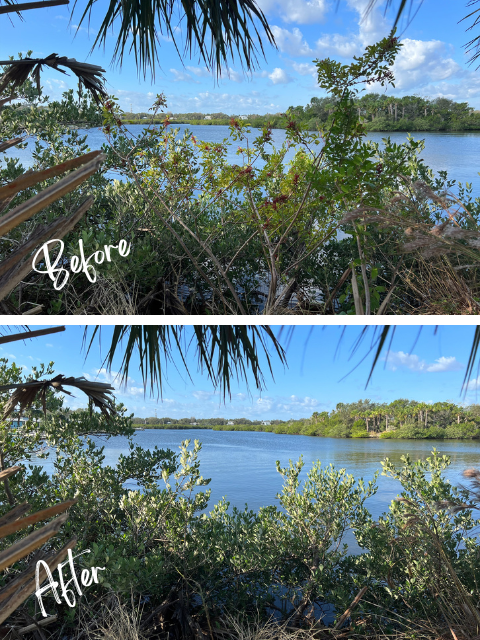
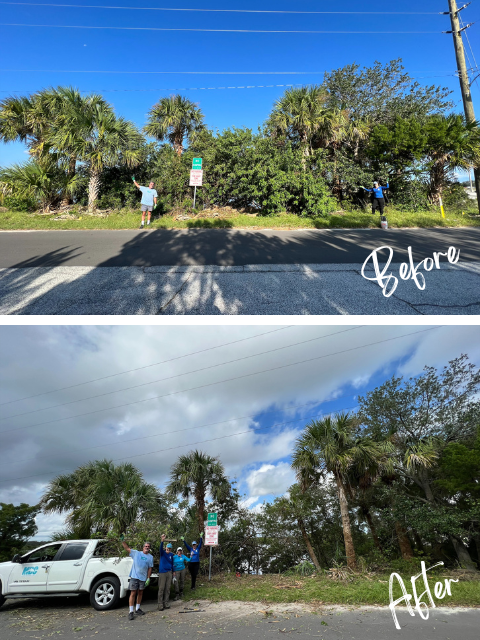
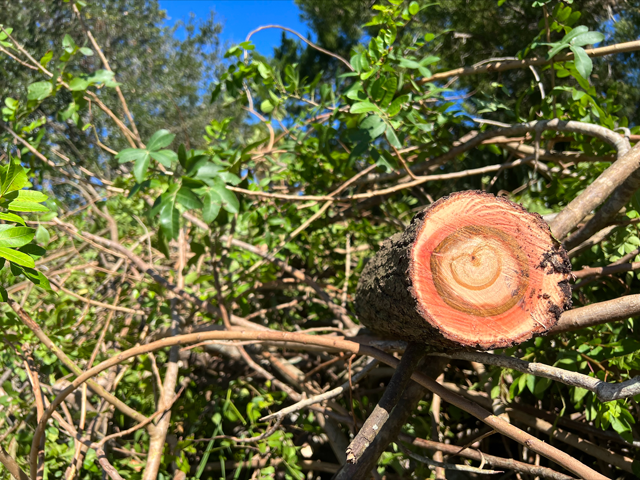
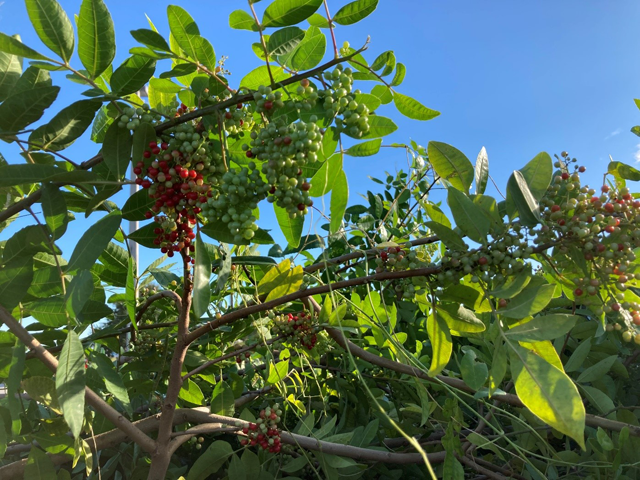

Follow Us!